Forensic Science Report: Drug Analysis, Forensic Roles, and Procedures
VerifiedAdded on 2022/10/10
|12
|755
|173
Report
AI Summary
This report delves into the multifaceted field of forensic science, outlining the procedures for drug collection and preservation, and the subsequent analysis processes. It highlights the challenges associated with drug identification and the crucial roles played by various forensic specialists. The report details the responsibilities of forensic toxicologists, entomologists, pathologists, and anthropologists in criminal investigations, emphasizing their unique contributions to evidence analysis and crime scene reconstruction. Furthermore, it explores the application of computer forensics in extracting and analyzing digital data to unravel criminal mysteries. The report concludes by summarizing the key steps involved in the forensic evaluation process, from collection and examination to analysis and reporting, providing a comprehensive overview of the forensic science workflow.
1 out of 12
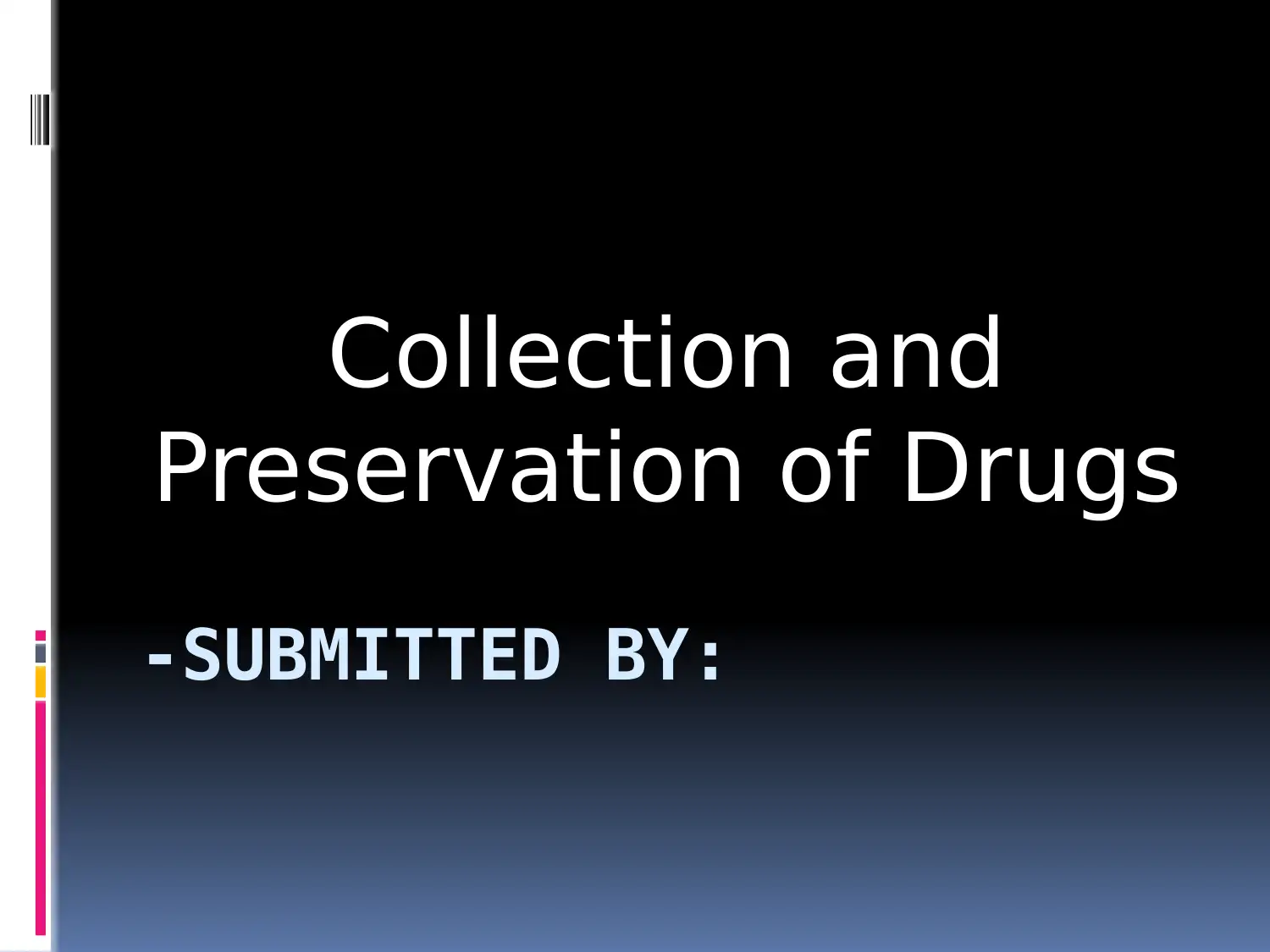
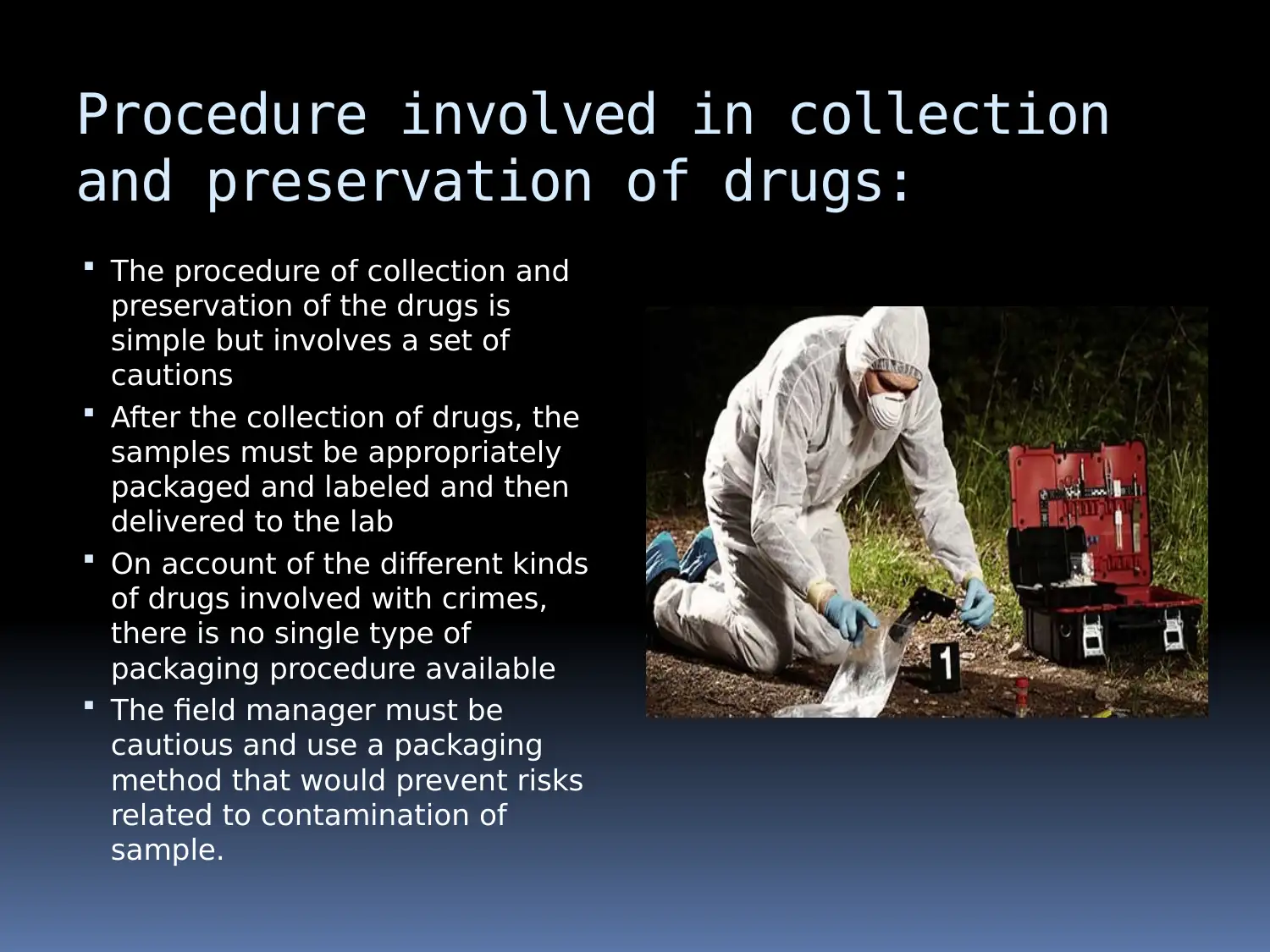
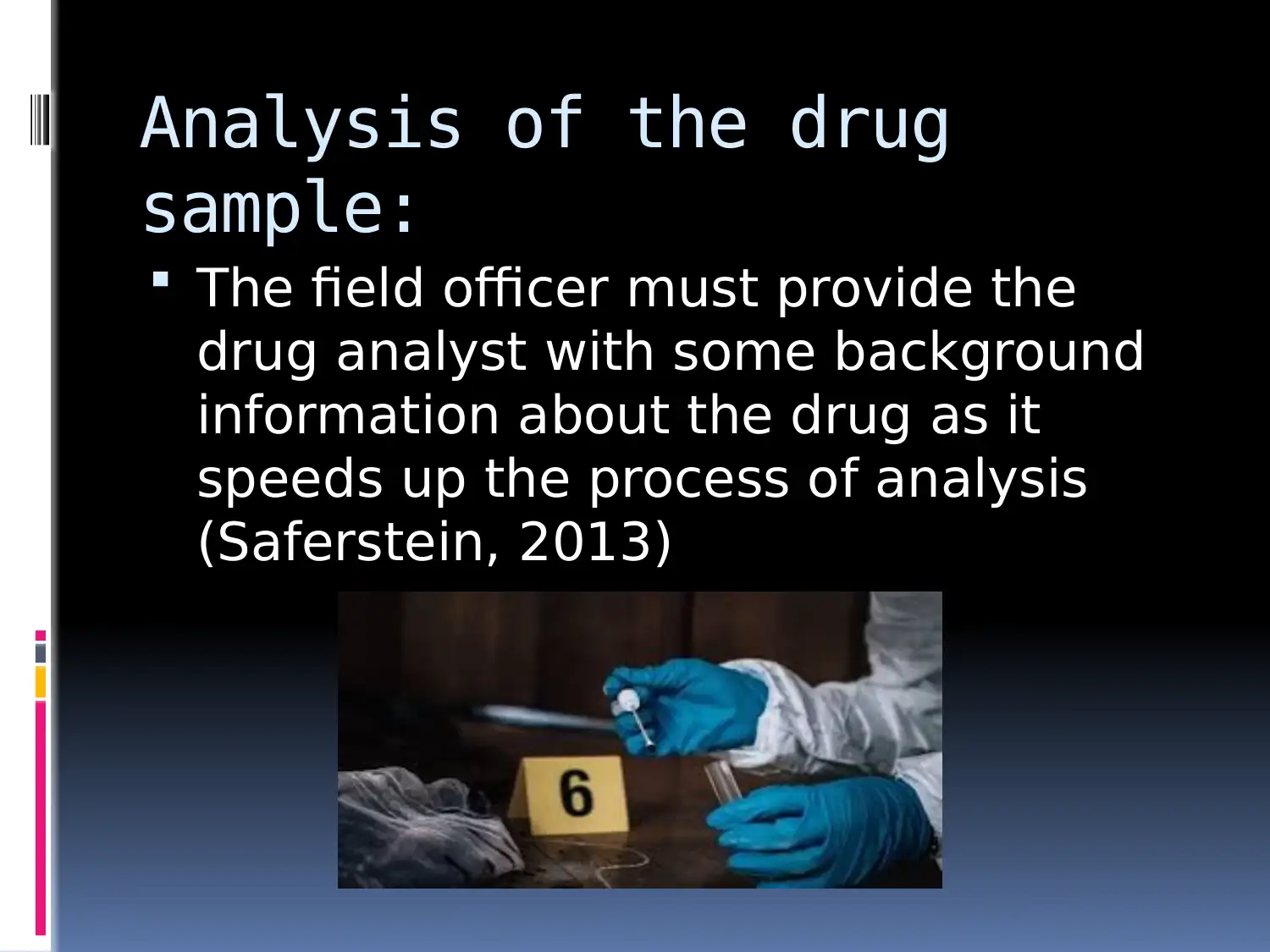

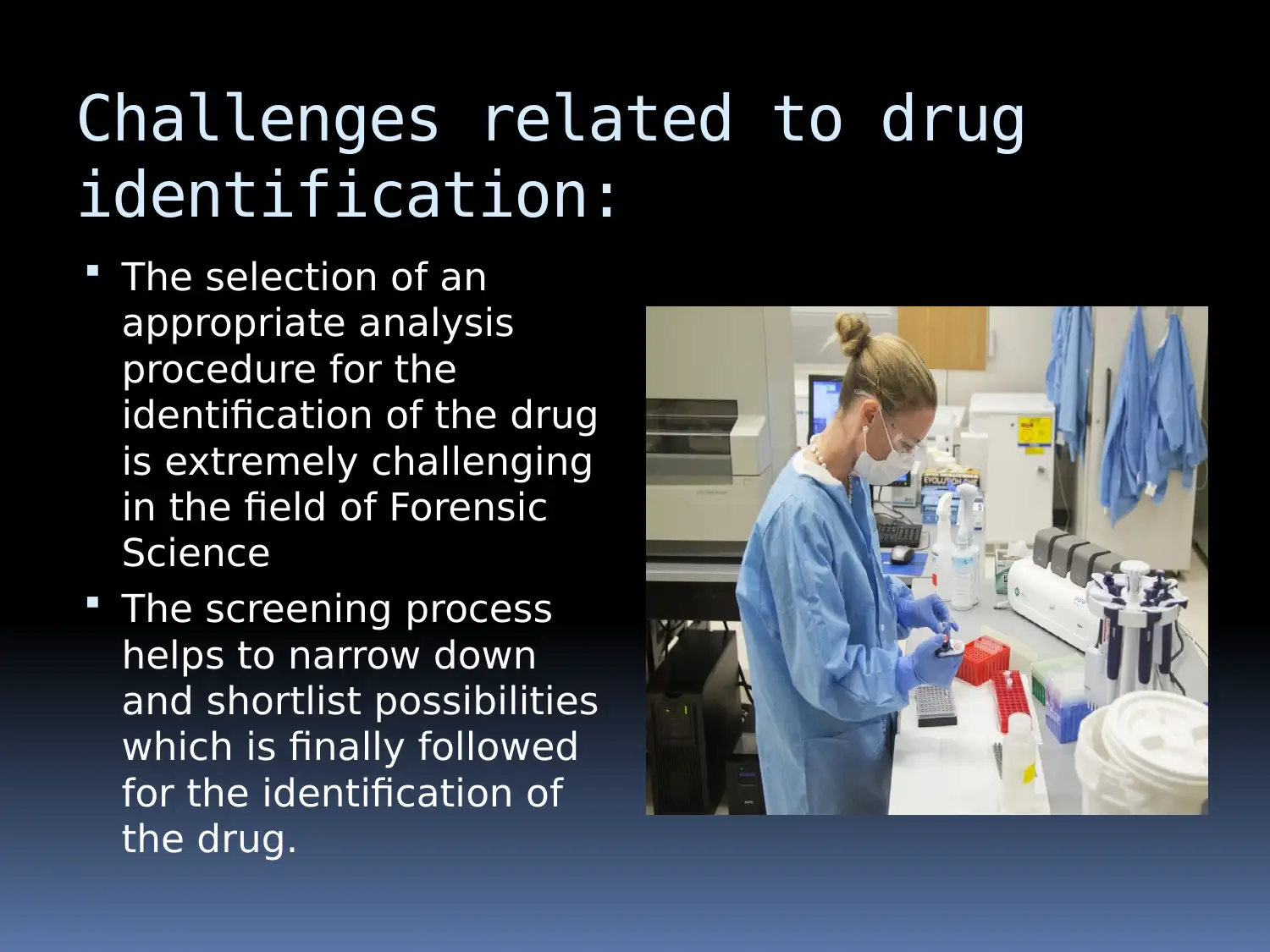
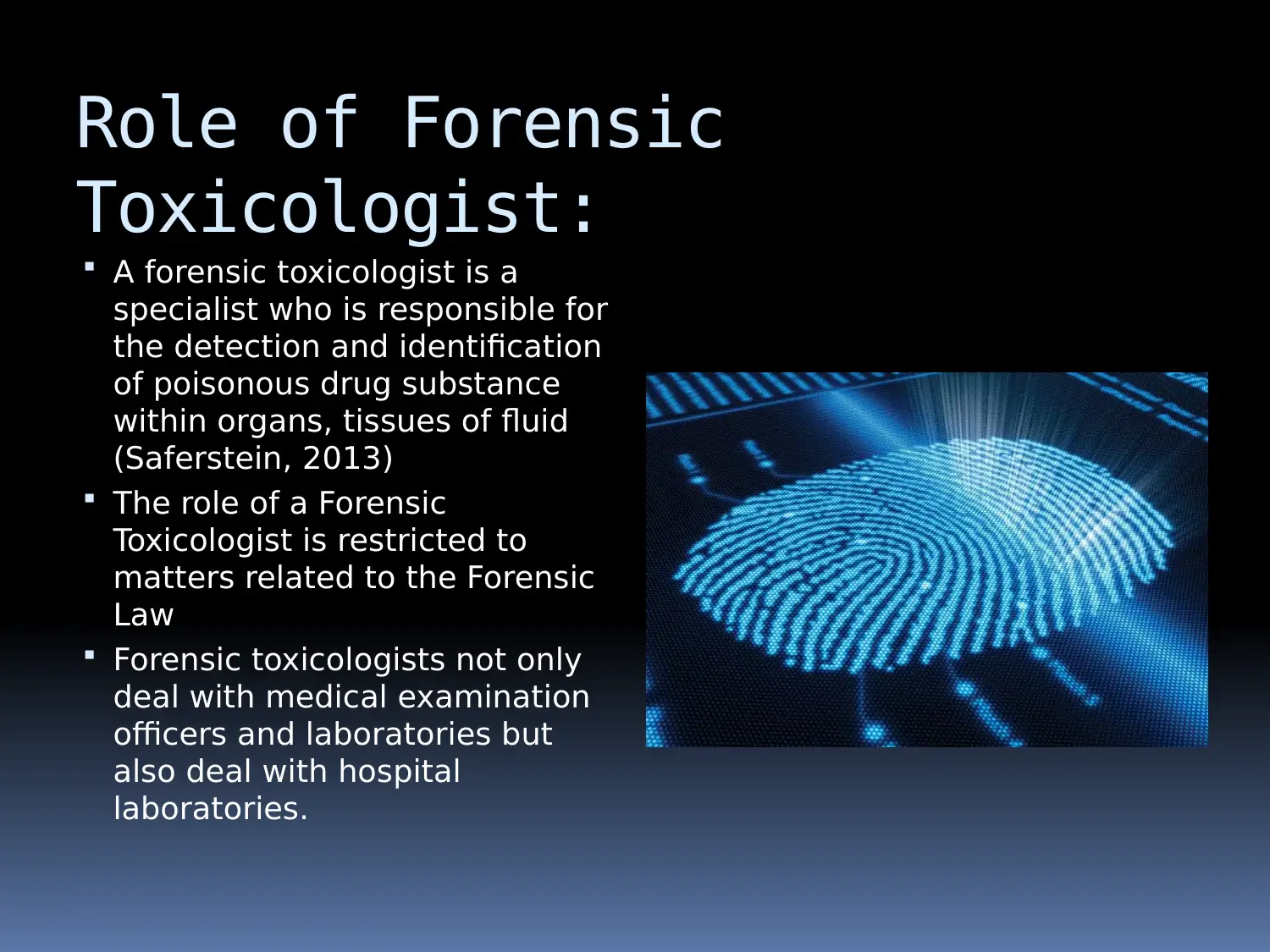
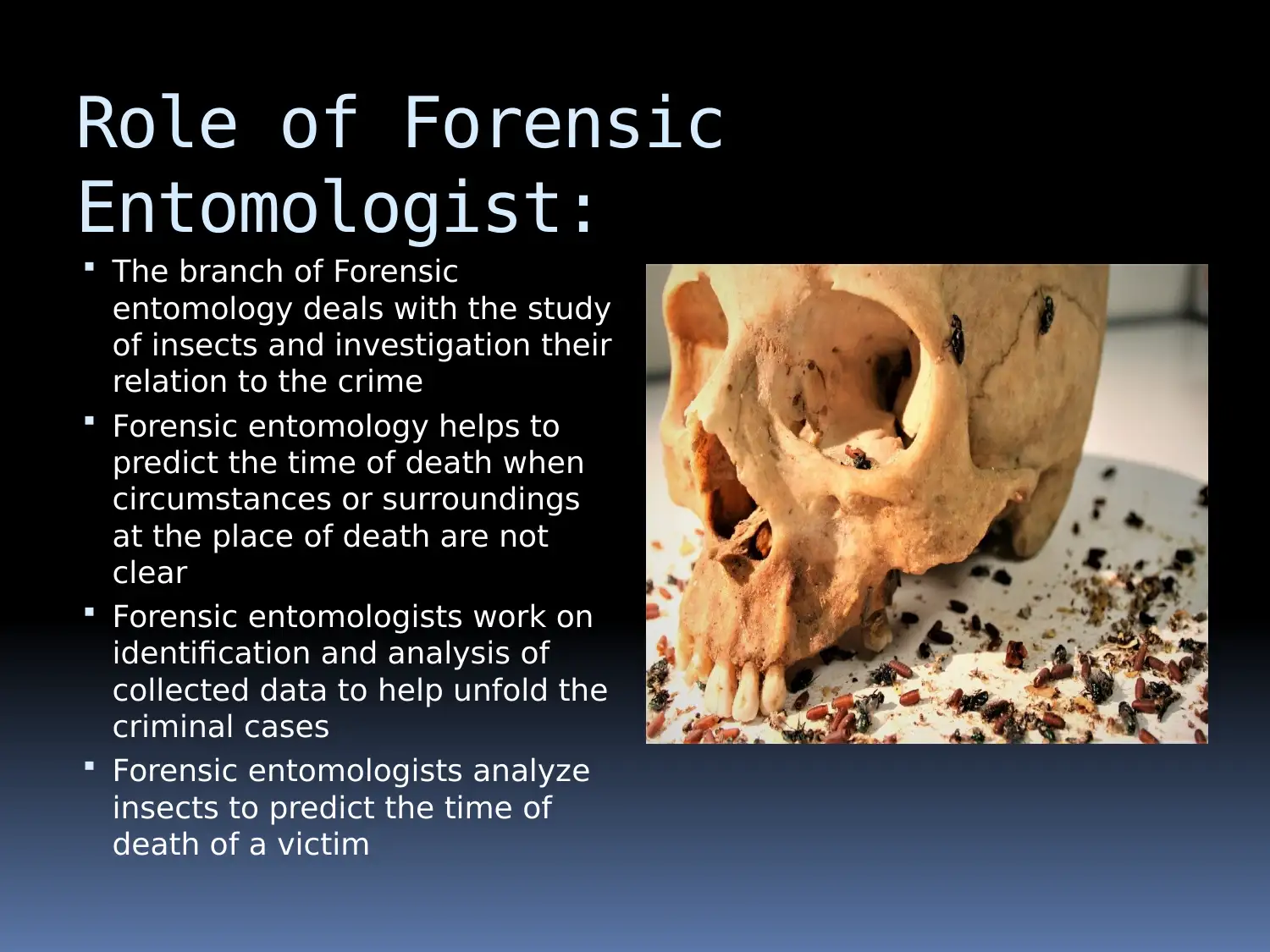
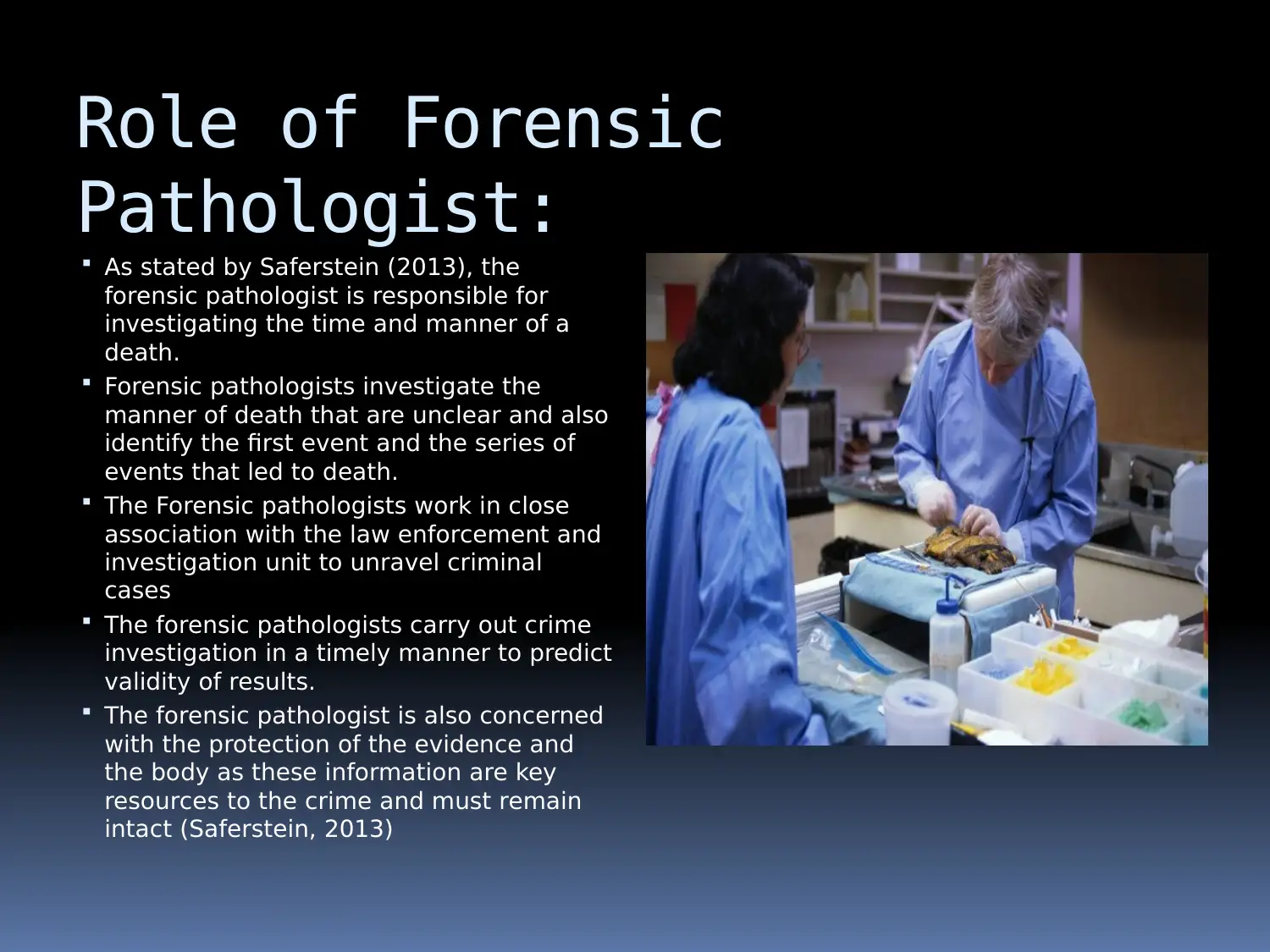
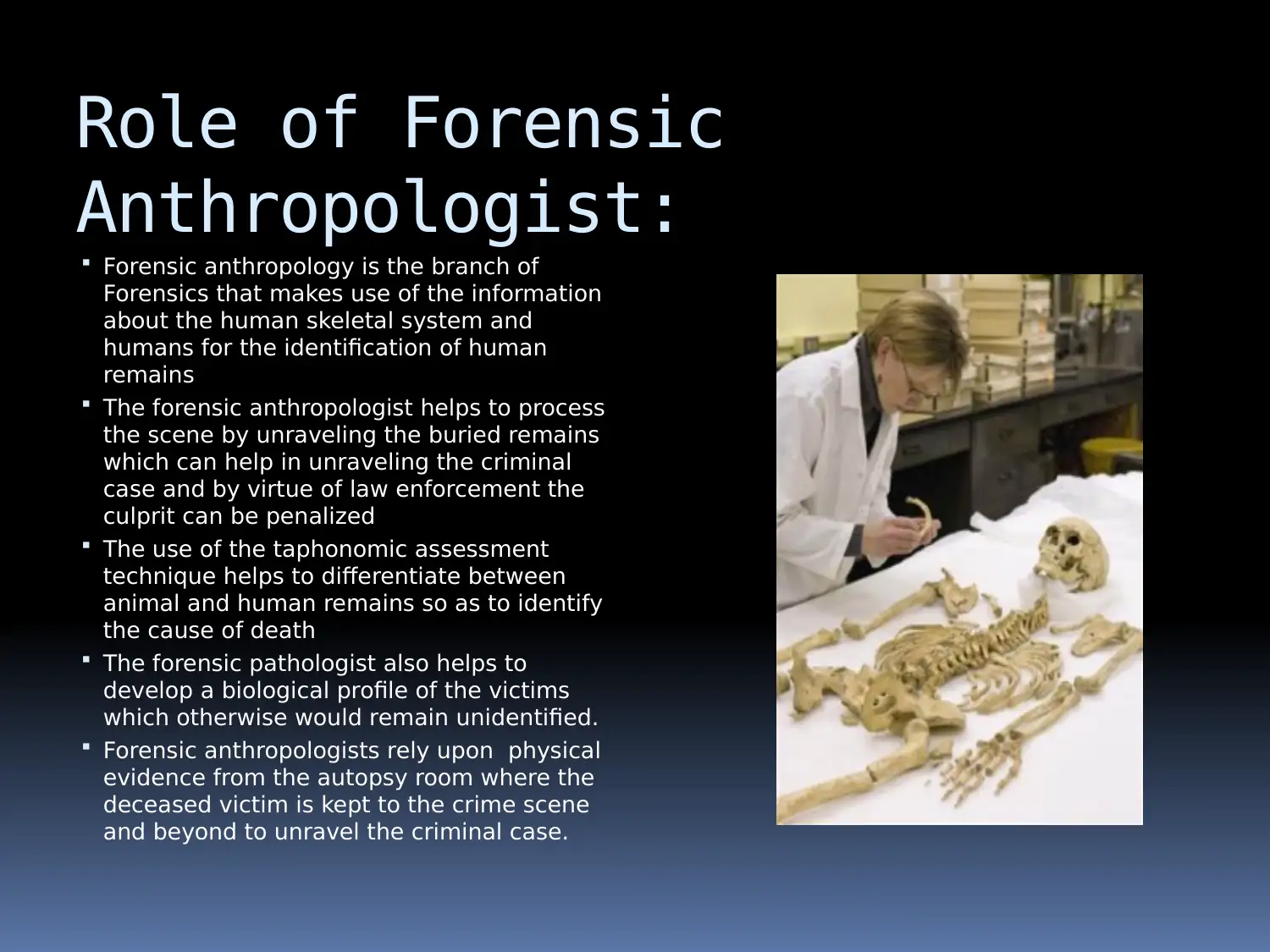
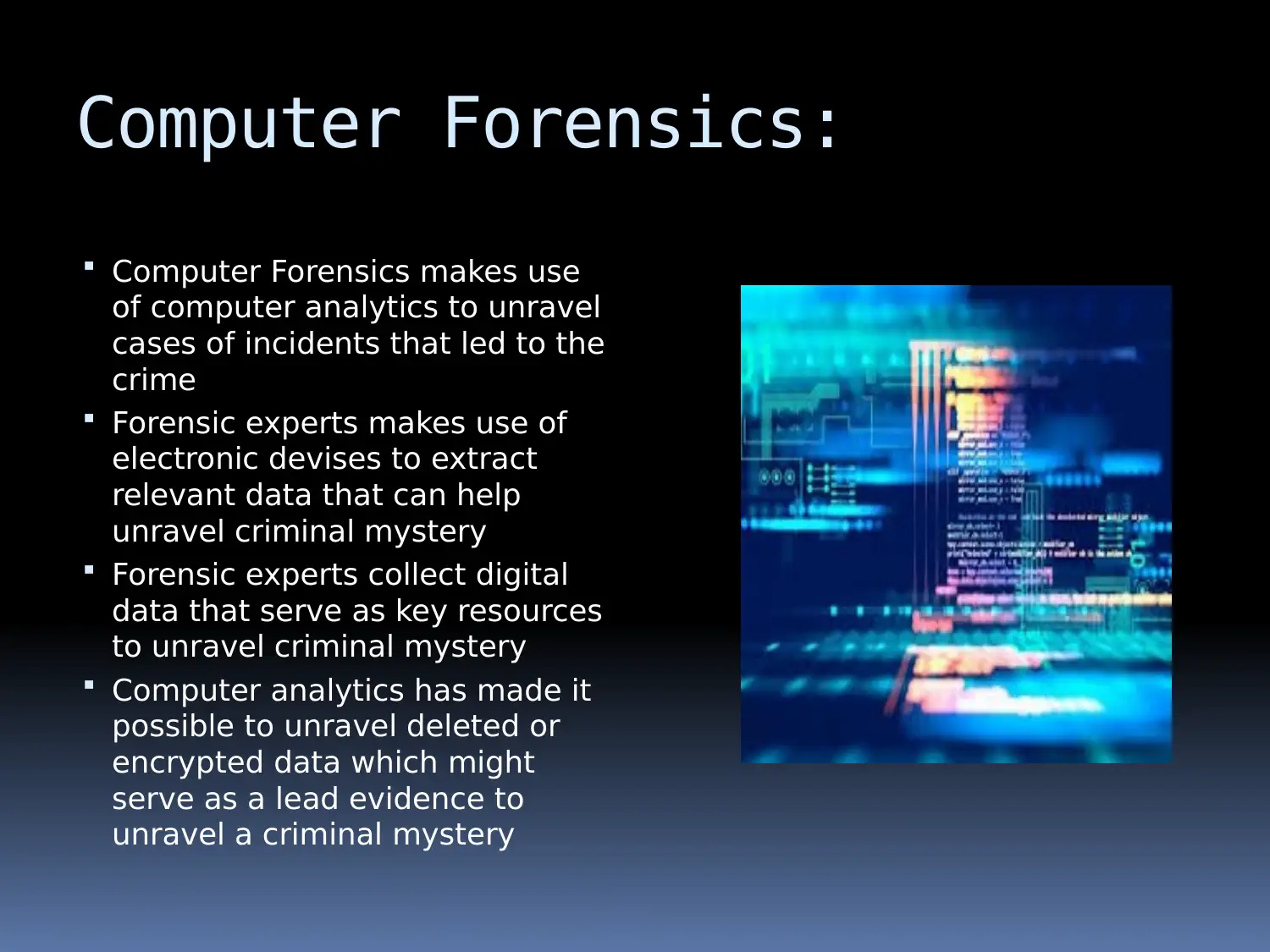
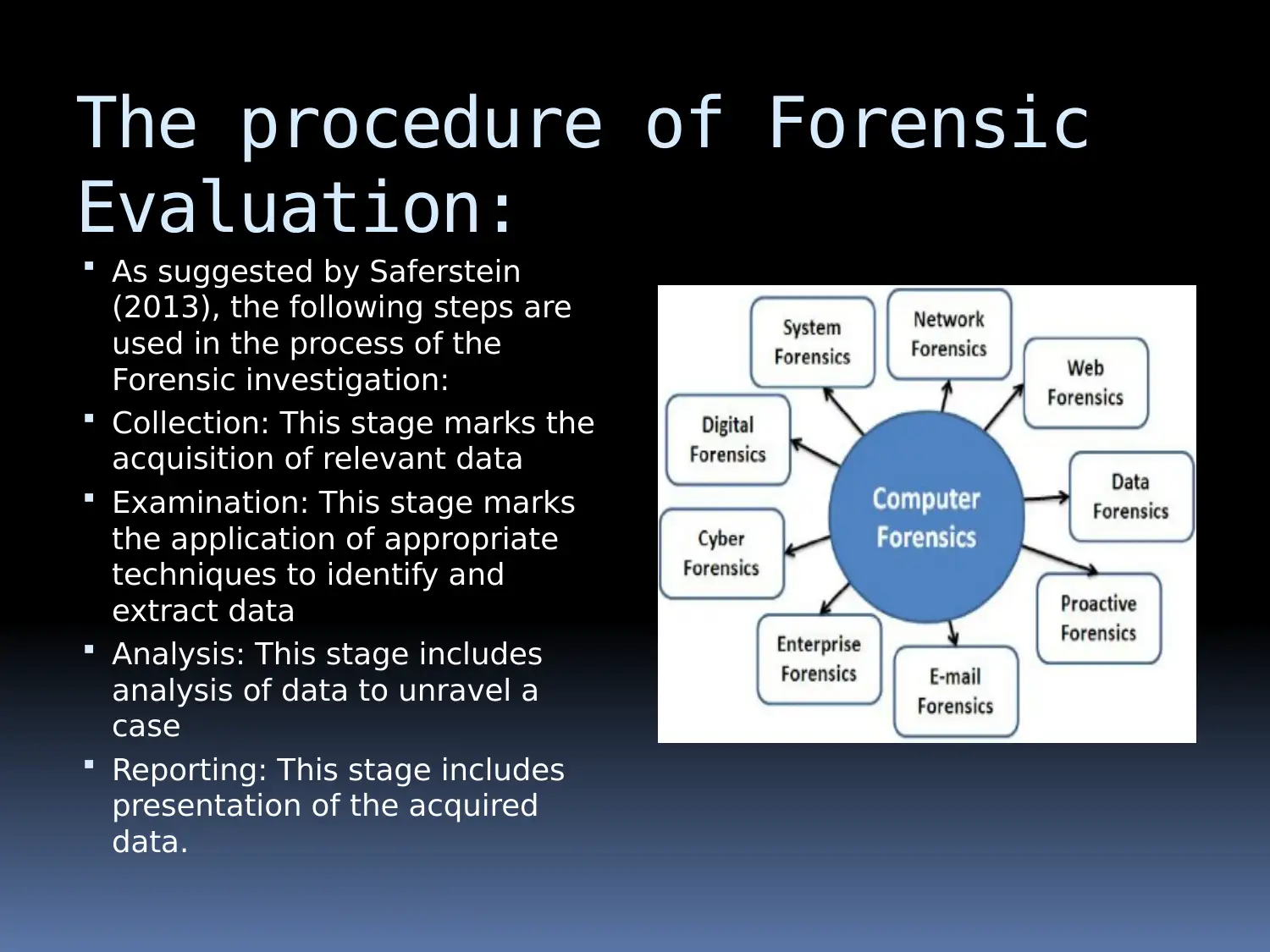
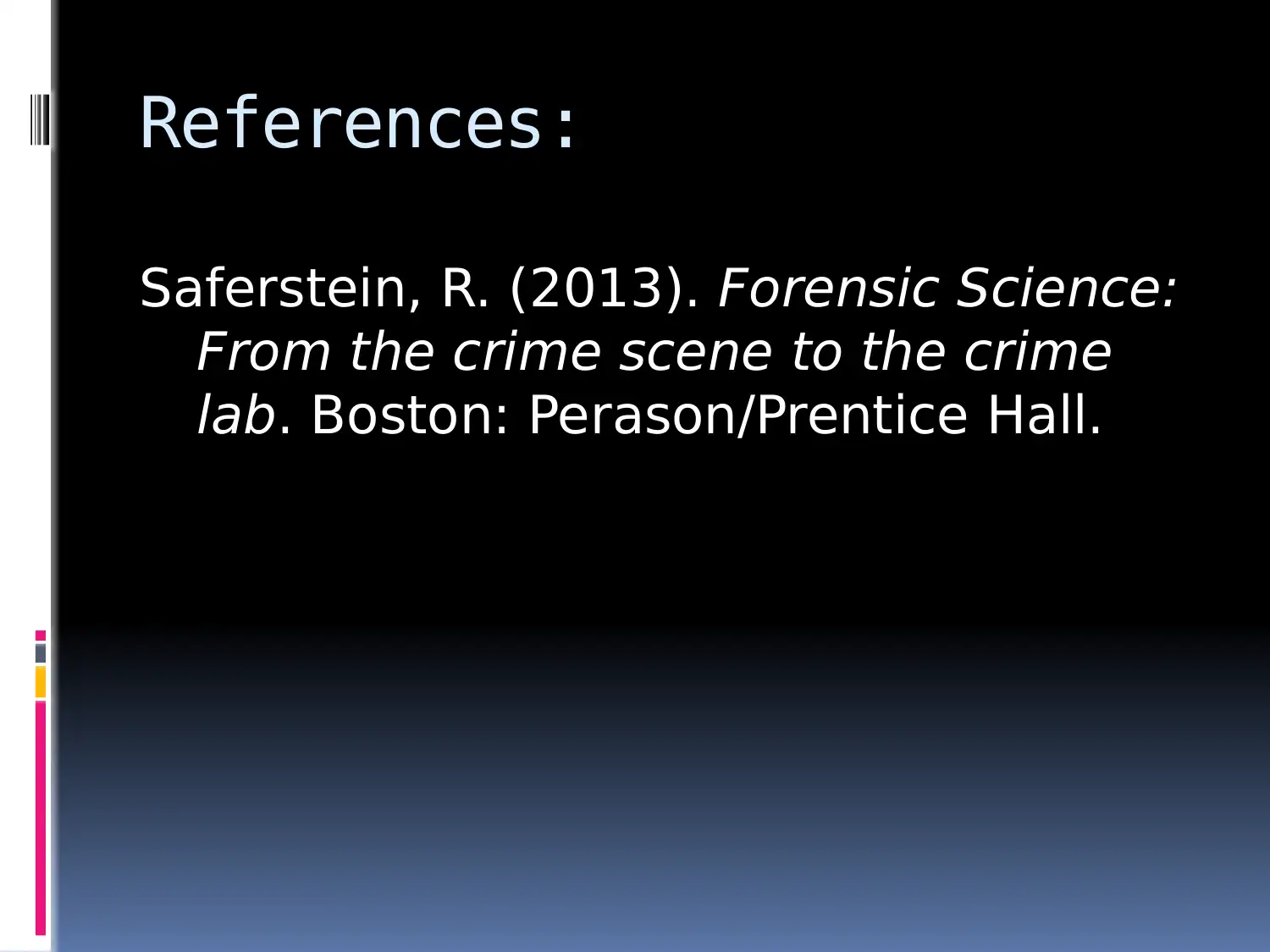

![[object Object]](/_next/static/media/star-bottom.7253800d.svg)